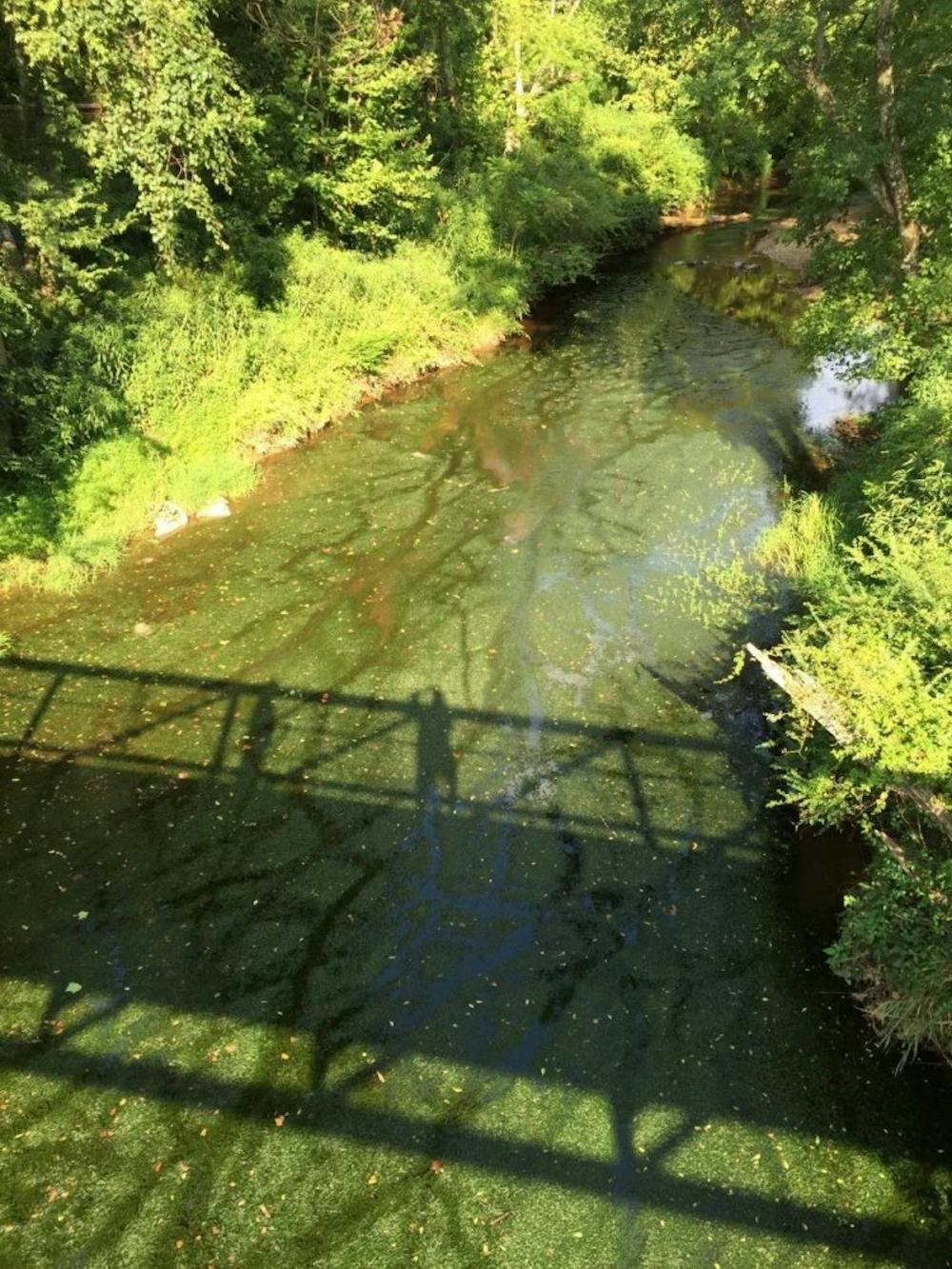An invasive species has been hurting the Eno River for years, but the Eno River Management Task Force is working hard to keep it under control.
Hydrilla, a plant native to Asia, Africa and Australia, originally entered the United States for use in aquariums. It was first discovered in Lake Orange and has since spread to the Town of Hillsborough’s West Fork Eno Reservoir and throughout the Eno River. The state has applied the herbicide fluridone annually since 2015 to mitigate hydrilla’s spread, but this year might be the last year.
The task force is holding an open house Thursday at 6:30 p.m. to answer questions about the treatment program.
Terry Hackett, the stormwater and environmental services manager for the Town of Hillsborough and a member of the task force, said hydrilla is not usually found in moving water systems like the Eno River.
“It occurs all over the Southeast United States, specifically for the Eno River,” he said. “What makes it kind of unique is that normally you would find it more in ponds and reservoirs as opposed to moving systems.”
Hackett said the plant likely got into the Eno from Lake Orange and the West Fork Eno reservoir as pieces of the plant broke off and flowed downstream.
“What’s really bad about the Eno is that, especially in the summer when it gets low, the hydrillas there just choke up the whole river,” he said. “It forms a complete mat.”
Caroline Choudhury, a senior environmental science major at UNC, is from Durham and grew up going to the Eno.
“I volunteered with the Eno River Association in high school,” she said. “It’s a really great spot in Durham to get outside.”




